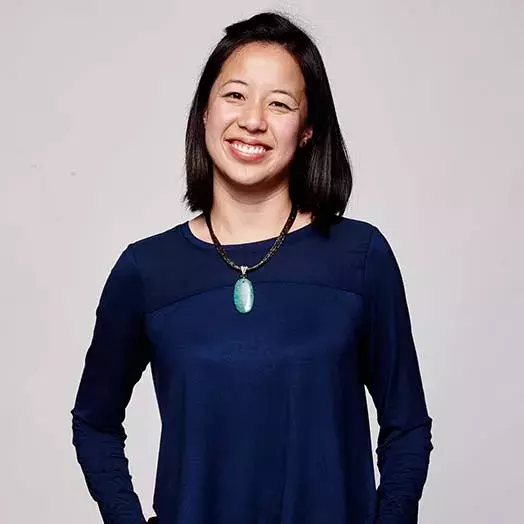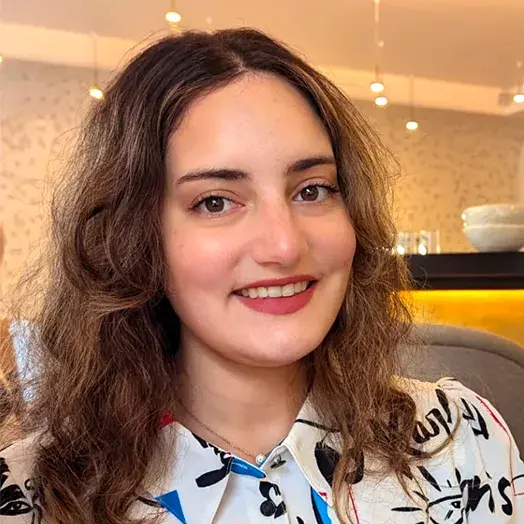
Transforming public health with human-centered design
For Courtney Chang (MPH/MBA ‘16), it was a trip to Nepal that launched her career in public health. She accompanied her father, an ophthalmologist, as he ran a cataract surgery camp in the Nepali mountains. While she had seen her father’s impact on a one-to-one scale her entire life, Chang recalls the experience seeing hundreds of patients treated at scale as “transformative.” She harnessed the awe of the economic, social, and medical systems at work and built a career in public health.
After a few years working for the U.S. President’s Emergency Plan for AIDS Relief (PEPFAR), Chang was ready to shift from policy to driving scalable interventions on the ground. She looked to the Johns Hopkins MPH/MBA for the skills to get her there.
“I wanted to continue networking and building my skills in the public health space. Adding an MBA was intriguing because I was interested in how interventions and solutions could be more market driven and sustainable with better business models,” Chang said.
Johns Hopkins was a natural fit.
“From the health space, Hopkins is a global leader,” Chang said. “I really like that a lot of people in the dual degree and other degree programs were professionals with a health background. These were the people I wanted to be surrounded by in the classroom and the networks I wanted to build for myself.”
Today, Chang is program director at IDEO.org, leading its efforts to increase COVID-19 vaccine confidence for refugees, immigrants, and migrants in the U.S. Working with 10 refugee communities, her design teams partner with community leaders to develop tailored messaging and campaigns.
“Throughout the pandemic, we’ve learned that public health messaging is often done rapidly in a one-size-fits-all approach,” Chang said. “That doesn’t always honor the unique histories, traumas, realities, and needs of specific communities.”
Whether it’s developing culturally relevant messaging campaigns for the Somali immigrant community in Minneapolis or creating the infrastructure to deliver vaccines to migrant farmers in Florida, her team’s work is hyperlocal and community based.
What to Read Next

business of health
Alumna aids COVID-19 vaccine distributionUsing a human-centered design model, which Chang first learned in her design thinking course at Carey Business School, her team is giving back not only to their communities but also to the Centers for Disease Control, their biggest funder.
“As a human-centered design organization, it’s been really exciting for us to introduce human- centered design and community-centered design to the CDC and inspire a big government organization on how they could be working differently,” Chang said.
And for those aspiring to follow in her footsteps at the nexus of public health and business, Chang advises embracing every opportunity.
“Take a stab, try out a sector or company and see what you like and don’t like about it; what suits your lifestyle preferences, and what suits your skillsets,” she said. “Take that information and move to the next opportunity. Most people don’t have a linear career path. Rather, use each opportunity as a building block.”


